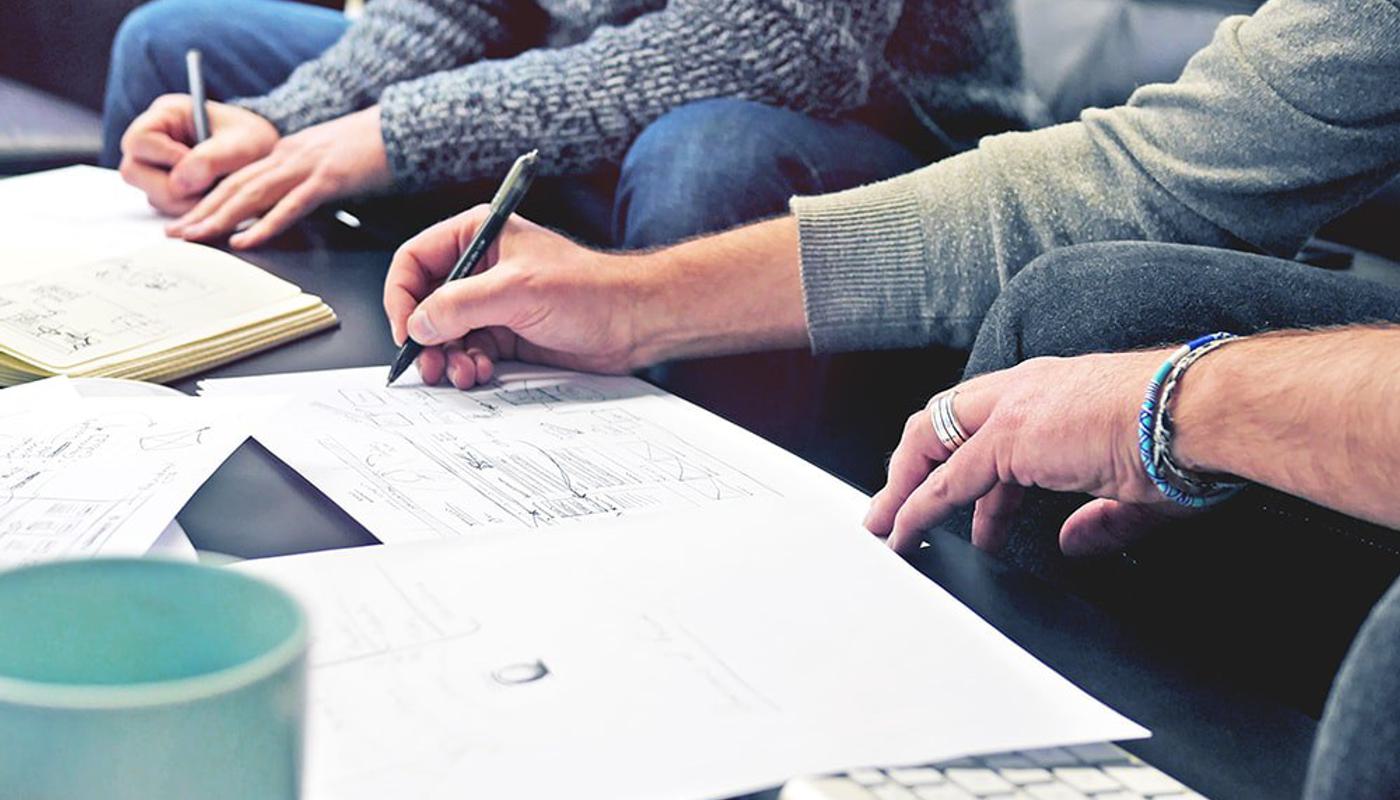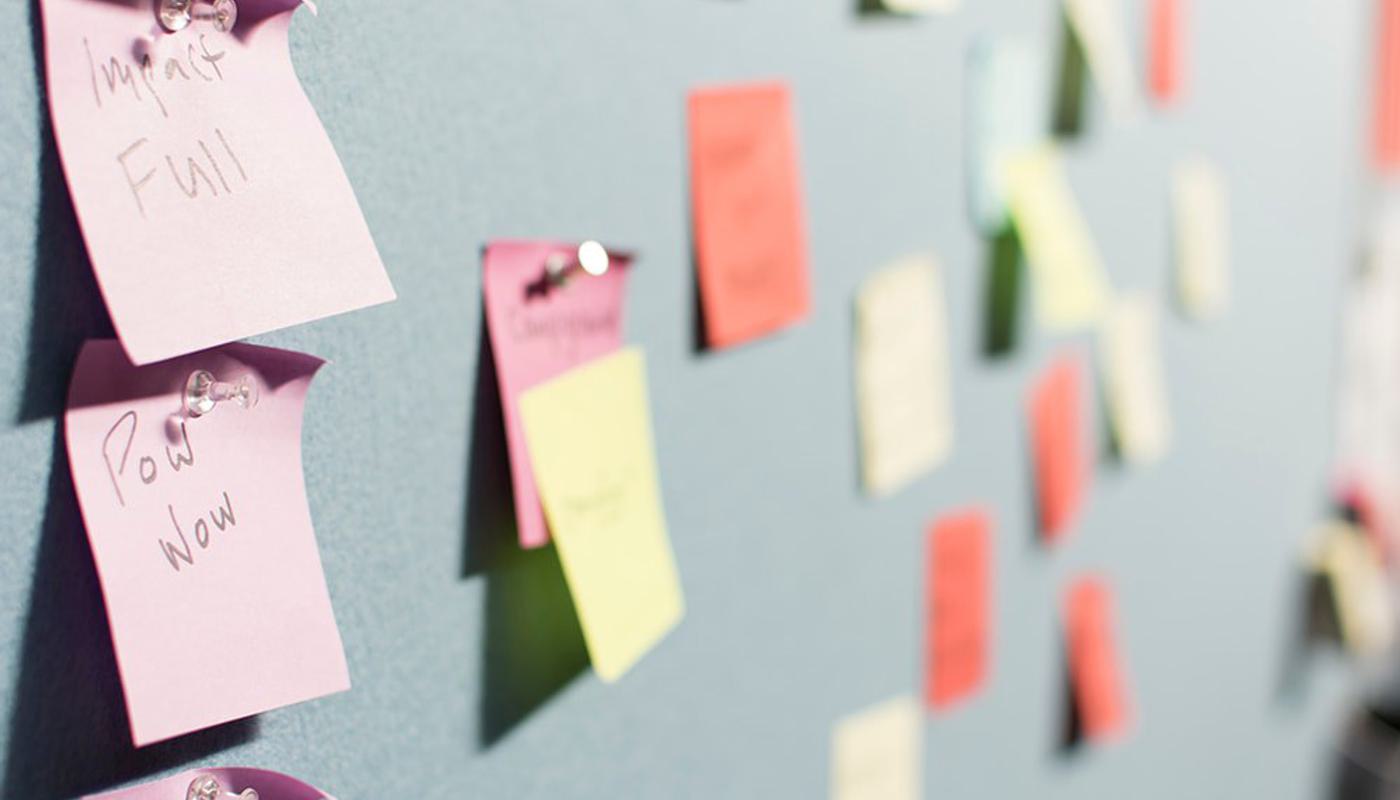
Choosing the right CMS for you
At last count there were anything between 250 and 350 CMS platforms on the market, each offering their own take on what you can do with the content on your website and how it will look to the end user. Looking into the CMS that’s right for you can therefore be a huge undertaking and information may not always be available in a helpful format to you.
One of the most frequent questions our clients have asked in the past when choosing a new CMS themselves is, “is this better than Wordpress?”. It's no secret that Craft is our CMS of choice, but it's not always the right solution for a client. So in this article we want to share when and why Ambition would use Craft over Wordpress and how it could be right for your site too.
We have experience in many content management systems, to list a few - Joomla, Typo3, WordPress, Drupal, ExpressionEngine, Squarespace, Perch, Statamic, Hubspot COS and of course Craft CMS (Phew! Don’t worry, you don’t have to research all of these, we’ve done that part for you).
Different Strokes for Different Folks
Whilst there are reasons why we might choose WordPress over Craft or Craft over Hubspot, our shortlist of chosen content management systems comes down to something very simple – we need to enjoy using them. This isn’t because we want our clients to pay us for having a good time! It’s because when we are using the right tools to bring great design vision and client needs together, we love our work. Our satisfaction comes from seeing and producing results that we know will work for our client, reducing the need for technical support and eliminating the frustration for you, the user.
Time is Money
When building a website for a client, we prefer to tailor it to meet their needs exactly. Market leaders know that dedicating the time and budget to ensuring their site is fit for purpose can save money in the long run. You can update little and often from a quality base, rather than panic overhauls when shoehorning becomes unmanageable. The latter is less than cost effective in staff productivity too.

Craft CMS
Craft is really a blank canvas that enables web developers to build a fully customised system with little (if any) compromise on functionality.
It comes with all of the tools needed to build a fully functional website without needing as many 3rd party plugins. So less panic that those plug-ins might one day disappear or update in a way that doesn’t suit your business needs.
Asset management is superb in Craft, enabling content managers to create folders to organise assets more effectively. It has tools for basic image manipulation, along with the ability to choose focal points for images - excellent when images are cropped or resized for mobile.
However, out of the box, Craft is fairly useless. It has no templates, sections or fields for adding content. Therefore, we start right at the beginning, tailoring the system to work for you, which takes time. If your business needs a lot of custom sections and fields in its website, then we believe it’s worth the wait.
For example a recruitment website needs a custom 'jobs' section and fields for adding a job description, location, salary and job type. We can 'craft' a content model and user experience to meet the needs of that client perfectly. No compromises.
More often than not we are finding clients need to simplify the user journey on their site to easily explain their complex business offering without it appearing off putting to the potential customer. Ensuring the site is built for purpose is the way to do that.
Wordpress
WordPress on the other hand comes with built-in functionality to create pages and posts, built on a 'theme'. The development of such a site requires 3rd party plugins to create custom fields and user groups, as well as custom theme configurations to get custom post types working. Too much reliance on plugins can pose a security risk for your site, slow it down and even result in loss of functionality if one is abandoned by the developer and no longer available for use.
When it comes to managing assets, in WordPress this is simple, albeit rather one-dimensional. Assets reside within the Media Library. Sadly, it isn’t possible to group assets together into folders which can prove cumbersome when managing hundreds of images and files. It is possible to make basic changes to images in the CMS, however it’s currently a little clunky. All of this can be enhanced but, yep you guessed it, not without 3rd party plugins.
WordPress is great when working within the parameters of the chosen theme. We have seen this work well on a short term campaign website (e.g. fast changing seasonal offers) or in the case of start-ups where you might need to get something off the ground quickly. If customisation is required, it's almost guaranteed to require a plugin of some kind. Of course, it's possible to create something bespoke, but we much prefer doing this in Craft!
TL;DR
In a nutshell, we believe Wordpress is an excellent option for our clients when their website fits perfectly into an existing theme, with minimal customisation. It is open source and most content creators have experience using it. However, it has a heavy reliance on 3rd party plugins and the support is lacking in customer care - you rely on the Wordpress community and it can be daunting for non-developers seeking answers quickly.
With Craft the clue is in the name, we can craft your CMS exactly the way you want it. It allows us to take your design and content to the next level, with your marketing team remaining in control of output and updates to the site can be made incrementally. Less reliance on plugins means the site may run faster and is more secure. It’s a larger investment in time and money in the short term, but it gives your business a better chance of return without a lot of further investment.
Latest Entries
3 tips for briefing your design agency
The purpose of a design brief is to explain a problem and set boundaries such as timescale and budget.
Design thinking – more than just a buzzword
Design is not just how something looks at the end, it’s how it works altogether. Think of design as a verb, not a noun.
The importance of concept
A concept is the founding idea behind a design. It’s the why and the how, and it informs decisions until completion.


